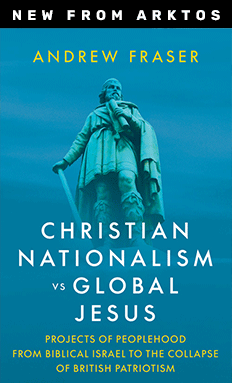A Growing Number of California Detainees Are Indians Crossing Through Mexico to Seek Asylum
Sarah Parvini, Los Angeles Times, August 13, 2018
On a recent visit to the federal prison in Victorville, U.S. Rep. Mark Takano was caught by surprise. Of the hundreds of immigrants detained there, he learned, possibly 40% had traveled from India seeking asylum.
{snip}
Not all of the men spoke English. The group appointed a representative, who told Takano that they were supporters of two different political parties and had been persecuted by India’s governing Bharatiya Janata Party.
“They said they were often bullied into doing things that were immoral,” Takano said. “They would have to carry drugs, perpetrate violence against others.”
According to immigration officials and attorneys, there has been an increase in recent years of Indian nationals crossing into the U.S. through Mexico — although they represent a small percentage of those detained overall. Indian citizens are among thousands of migrants from Haiti, Africa and Asia now trekking across Latin America, taking advantage of travel routes forged by Latino immigrants.
By early August, about 380 of the 680 migrants at the Victorville facility were Indian nationals, according to the Federal Bureau of Prisons, sent there as civil rather than criminal detainees pending the outcome of their immigration cases.
In addition, about 40% of the detainees at Immigration and Customs Enforcement’s Imperial Valley facility are from India, a spokeswoman said. Nearly 20% of detainees at ICE’s Adelanto processing center are Indian.
So far during the 2018 fiscal year, 4,197 of those arrested by Border Patrol agents have been Indian nationals, according to data from Syracuse University’s Transactional Records Access Clearinghouse.
{snip}
Indeed, detainees from India have cited an increase in political and religious persecution as their reasons for seeking asylum, according to U.S. Customs and Border Protection.
{snip}
Sikh detainees, as well as those of other faiths, have complained of conditions that don’t allow them to freely practice their religion.
At a recent know-your-rights gathering in the Victorville prison, nearly 40 people who met with Meeth Soni, co-legal director at Immigrant Defenders Law Center, were Sikh. All of them, she said, were told they could not wear their turbans or kara — allegations that are part of a recently filed lawsuit against President Trump and Immigration and Customs Enforcement.
{snip}
ICE referred a request for comment to the Bureau of Prisons, which said it does not comment on pending litigation.
Attorneys who have spoken with detainees about why they left their home countries said many Indians have stories similar to Sukhwinder, who said he could not turn to the police in Punjab for help.
“In some cases, the beating has been pretty gruesome. People have been hospitalized. The police have not done anything to protect them, and even though they try to relocate, the threats continue to them and their families,” Soni said.
{snip}
Experts say there is no denying that the political climate in India has become hostile to many minorities.
Vinay Lal, a history professor at UCLA, said that although he has not seen evidence of Indian refugees coming to the U.S. to escape political persecution, it is possible. He said he views the greater trend of Indian immigrants crossing through Mexico as part of a global “migration crisis” rather than a political one.
“I think that the word has gone out that there are various ways that you can try to move,” Lal said, “and coming through the Mexican border remains one of the more accessible ways.”
Gaurav Khanna, an assistant professor at UC San Diego’s School of Global Policy and Strategy, said religious and political persecution in India have become more intertwined with the rise of the BJP.
{snip}















